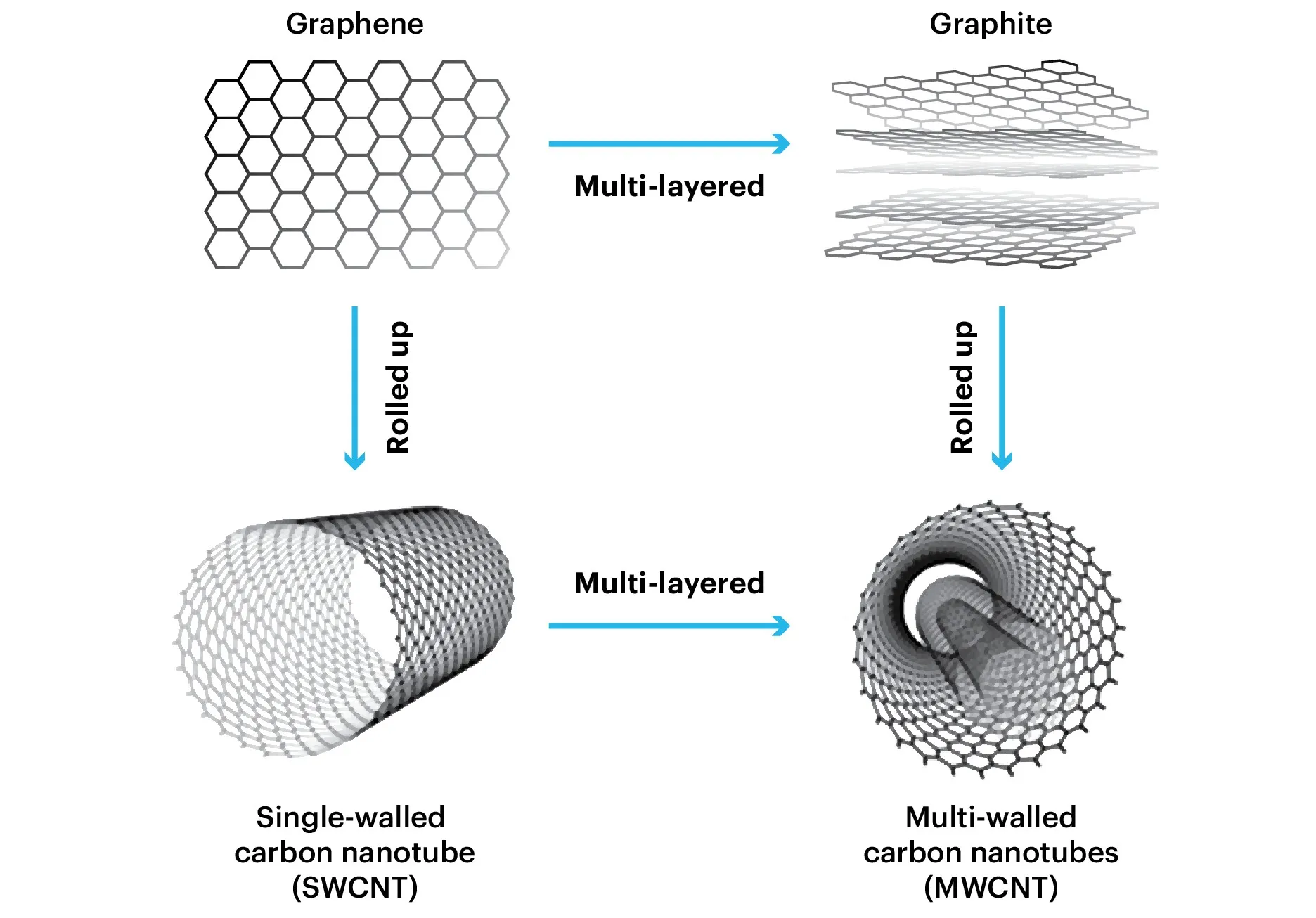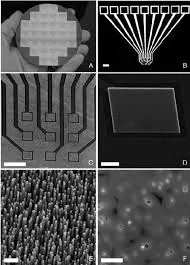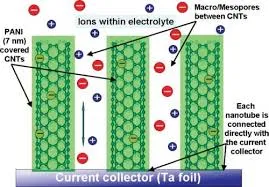What is an example of a nanostructure? - Carbon Nanotubes
Nanostructures are materials or devices that have at least one dimension measured in nanometers (1 nm = 10⁻⁹ meters). These structures exhibit unique physical, chemical, and biological properties that differ significantly from their bulk counterparts due to quantum effects and high surface area-to-volume ratios. One of the most prominent and widely studied examples of a nanostructure is the carbon nanotube (CNT).
Carbon Nanotubes: A Prime Example
Carbon nanotubes are cylindrical nanostructures composed entirely of carbon atoms, arranged in a hexagonal lattice similar to graphite. They were first discovered in 1991 by Sumio Iijima and have since become a cornerstone of nanotechnology research. CNTs can be thought of as rolled-up sheets of graphene, forming tubes with diameters as small as 0.4 nanometers and lengths ranging from micrometers to millimeters.
Types of Carbon Nanotubes
Carbon nanotubes are primarily classified into two categories based on their structure:
- Single-Walled Carbon Nanotubes (SWCNTs): Consist of a single layer of graphene rolled into a seamless cylinder. They exhibit excellent electrical conductivity and mechanical strength.
- Multi-Walled Carbon Nanotubes (MWCNTs): Comprise multiple concentric graphene cylinders nested within one another. They are larger in diameter and often used for structural reinforcement.

Properties of Carbon Nanotubes
The unique properties of CNTs make them exceptional nanostructures:
| Property | Description | Significance |
|---|---|---|
| Mechanical Strength | CNTs have a tensile strength ~100 times greater than steel at one-sixth the weight. | Ideal for lightweight composites in aerospace and automotive industries. |
| Electrical Conductivity | SWCNTs can be metallic or semiconducting depending on their chirality. | Used in nanoelectronics, transistors, and conductive films. |
| Thermal Conductivity | CNTs exhibit thermal conductivity higher than diamond. | Applied in heat management systems for electronics. |
| Surface Area | High surface area (~1,300 m²/g) enables efficient adsorption. | Useful in energy storage (e.g., supercapacitors) and sensors. |
Applications of Carbon Nanotubes
Due to their remarkable properties, carbon nanotubes are utilized in diverse fields:
1. Electronics and Computing
CNTs are used to create smaller, faster, and more energy-efficient transistors, replacing silicon in some applications. They are also integral to flexible displays and memory devices.

2. Materials Science
CNTs reinforce polymers, metals, and ceramics, enhancing strength, durability, and lightness. They are found in sports equipment, automotive parts, and even bulletproof vests.
3. Energy Storage
CNTs improve the performance of batteries and supercapacitors by increasing electrode conductivity and surface area, leading to faster charging and higher capacity.

4. Biomedical Engineering
Functionalized CNTs are used for drug delivery, cancer therapy, and biosensing due to their ability to penetrate cells and carry therapeutic agents.
Challenges and Future Directions
Despite their potential, challenges remain in mass production, purity control, and addressing potential toxicity concerns. Future research focuses on scalable synthesis methods and eco-friendly applications.

